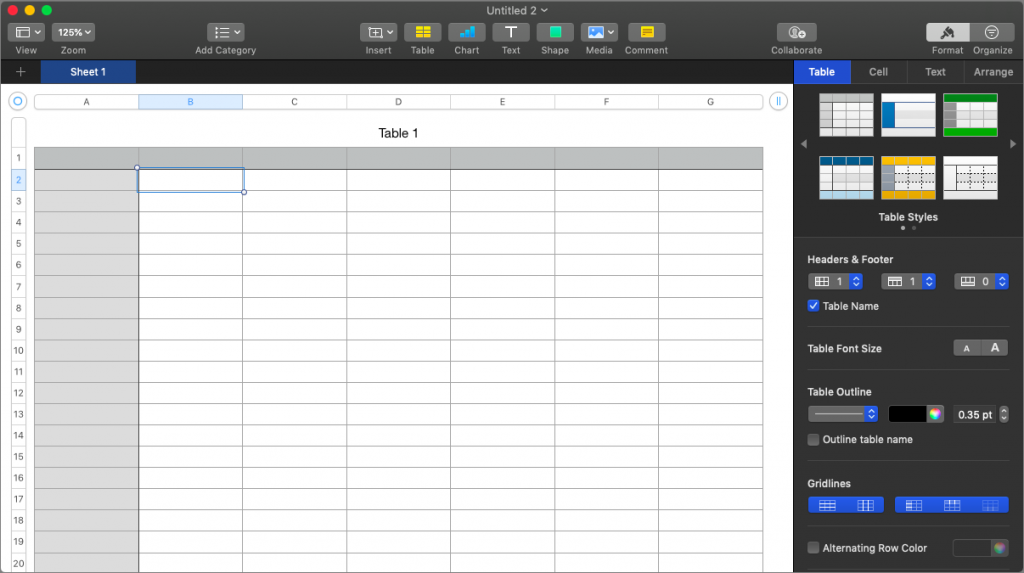Note that to use the room command, HomePods need to be correctly assigned to a room in the Home app. Assigning or changing a room can be done by following these steps: Open the Home app. Also, if you wish to boot the Installer from an Intel Mac, the BootImage must be created on an Intel Mac or from OS X 10.5 or later. This is because the necessary pieces aren't available on a standard PPC install of OS X 10.4. Here, I'm going to demonstrate creating an Installer for the most recent PPC Combo Updater.
Partitioning your disk simply refers to the act of breaking up yourdisk into sections. Each section is then independent of the others.It's roughly equivalent to putting up walls inside a house; if you addfurniture to one room it doesn't affect any other room.

If you already have an operating system on your systemwhich uses the whole disk and you want to stick Ubuntu on the same disk, you will need to repartitionit. Ubuntu requires its own hard disk partitions. It cannot beinstalled on Windows or Mac OS X partitions. It may be able to share somepartitions with other Unix systems, but that's not covered here.At the very least you will need a dedicated partition for the Ubunturoot filesystem.
You can find information about your current partition setup by usinga partitioning tool for your current operating system, such as Disk Utility, Drive Setup, HD Toolkit, or MacTools.Partitioning tools always provide a way to show existing partitions without making changes.
In general, changing a partition with a file system already onit will destroy any information there. Thus you should always makebackups before doing any repartitioning. Using the analogy of thehouse, you would probably want to move all the furniture out of theway before moving a wall or you risk destroying it.
Oneroom Mac Os Update
Several modern operating systems offer the ability to move and resizecertain existing partitions without destroying their contents. This allowsmaking space for additional partitions without losing existing data. Eventhough this works quite well in most cases, making changes to thepartitioning of a disk is an inherently dangerous action and should only bedone after having made a full backup of all data.
Creating and deleting partitions can be done from within debian-installer aswell as from an existing operating system. As a rule of thumb,partitions should be created by the system for which they are tobe used, i.e. partitions to be used by Ubuntu should becreated from within debian-installer and partitions to be used from anotheroperating system should be created from there. debian-installer iscapable of creating non-Linux partitions, and partitions createdthis way usually work without problems when used in other operatingsystems, but there are a few rare corner cases in which this couldcause problems, so if you want to be sure, use the native partitioningtools to create partitions for use by other operating systems.
If you are going to install more than one operating system on the samemachine, you should install all other system(s) before proceeding withthe Ubuntu installation.Windows and other OS installations may destroyyour ability to start Ubuntu, or encourage you to reformat non-native partitions.
You can recover from these actions or avoid them, but installingthe native system first saves you trouble.
In order for OpenFirmware to automatically boot Ubuntu the Linuxpartitions should appear before all other partitions on the disk,especially Mac OS X boot partitions. This should be kept in mind whenpre-partitioning; you should create a Linux placeholder partition tocome before the other bootable partitions on thedisk. (The small partitions dedicated to Apple disk drivers are notbootable.) You can delete the placeholder with the Ubuntu partitiontools later during the actual install, and replace it with Linuxpartitions.
The Disk Utility application can be found under theUtilities menu in Mac OS X Installer. It will not adjust existing partitions; it is limited to partitioning the entire disk at once.
Remember to create a placeholder partition for GNU/Linux, preferablypositioned first in the disk layout. it doesn't matter what type itis, it will be deleted and replaced later inside the Ubuntu installer.
Ubuntu installer partition table editing tools are compatible with OS X, but not with MacOS 9. If you are planning to use both MacOS 9 and OS X, it is best to install OS X and Ubuntu on one hard drive, and put MacOS 9 on a separate hard drive. Separate options for OS 9 and OS X will appear when holding the option key at boot time, and separateoptions can be installed in the yaboot boot menu as well.
Oneroom Mac Os X

Oneroom Mac Os Download
GNU/Linux is unable to access information on UFS partitions, but can access HFS+ (aka MacOS Extended) partitions. OS X requires one of thesetwo types for its boot partition. MacOS 9 can be installed on either HFS(aka MacOS Standard) or HFS+. To share information between the Mac OS X andGNU/Linux systems, an exchange partition is handy. HFS, HFS+ and MS-DOS FATfile systems are supported by MacOS 9, Mac OS X and GNU/Linux.